The Leader as I Saw Him – Prof. Arun Kumar Seal
Prof. Indranil Manna, 1983 Metallurgical Engineering
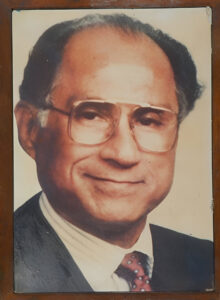
Who is a leader?
The one who inspires remains a beacon of light. The one who creates an example for the masses but proves difficult to emulate, let alone replicate. History is replete with examples of eminent leaders from the state, religion, sports, creative arts, and science. Let me cite an example from academia, more precisely concerning the academic administration of an engineering institution already very famous with a rich heritage but no funds, no fresh grants, no room for recruitment or replenishment, saddled with poor connectivity, aging infrastructure, sagging morale, and difficult time mired with a labyrinth of political turmoil, outside and inside.
A disclaimer upfront:
The plot and building are entirely mine with no authentic reference cited or claimed, except that the statements emanating from the core of the heart of an ardent admirer, who was inspired decades ago by his idol of college days with an impression that simply refuses to fade away. I am sure that besides yours truly, many more disciples will vouch the same.
My first brush with him was in a unique class in our 3rd year (no semester in those days, mind you), scheduled every Wednesday at 8 am, only once a week encounter, long and effective enough to make everyone in the class convinced without an iota of doubt that we knew NOTHING. No syllabus, no lecture plan, no prior history, and no clue even what the intention was. Short and sharp questions, passed from one hapless goat to the next with no place to hide the embarrassment and no respite while the pitch and frustration of the professor rose every round and every minute. What is Rittinger’s law? What is the work for nucleation? What is transformed ledeburite? Invariably the discussion will soon lead to a thunderous conclusion at the end “hopeless batch, none can answer”. Next week the same traumatic experience of volleys of fireballs, and feeble defense by a few brave hearts, only to recede to the safety of golden silence like other mortals. This Wednesday ordeal continued for weeks and months leaving us battered until a few of us mustered the courage from the likes of Khudiram, Gostho Pal, or Sunil Gavaskar.
Rewards followed, surprisingly sweet. By the end of this year-long ordeal, we discovered that the author of this Wednesday torment is not a mercenary by intention but a professor turned administrator who could find time only one hour a week to prepare us for a much bigger ordeal to be known a year later. A noble intention indeed.
Next year, the fourth and final year begins with Phys Met II, not once but four encounters a week, 55 long minutes at a time, followed by even more challenging laboratory session, once a week. We began to decipher the romanticism of a new kind of relationship, fairly different and more intriguing than what was prevalent those days (or forever) in the famous or infamous ‘Lovers Lane’ at the rear of the college campus. The relationship between microstructure and properties, that too of the hardest of steel or even ceramics by virtue of treatments sometimes hot sometimes cold. By then we were brave enough having seen many battles of Plassey or Waterloo, even beyond. Answers stared coming out sheepishly, half-hearted and nearly correct at times. The tormentor by then has mellowed, possibly seeing our desperation and intention, and surprised us all occasionally by thundering ‘absolutely correct’. Could not believe our ears!
Soon we managed to graduate and melt into the professional world armed with a degree scroll that earned some of us a placement in the industry and some others a seat for higher studies. Years passed by. We found ourselves doing well to a varying degree. As luck would have it, a vacancy arose in the same Department, and I mustered the courage to reach out to the same towering personality enquiring if I should apply. This happened on the sidelines of a national conference organized to honor him on his 60th birthday. Practically the entire who’s who of the country in Physical Metallurgy came to acknowledge his contribution and record their deepest respect for him. More than him, I felt prouder and more elated to realize we were pupils of someone who is so ardently respected by the stalwarts. But his answer to my query was a straight and decisive ‘no’ stating that “you would do better in an IIT than here”.
Some years later, possibly early nineties, circumstances brought two of us traveling in the same train compartment from Trichy to Howrah after the Annual Technical Meeting of the Indian Institute of Metals (mind you those days, our air travel was not only a luxury but also a rarity). I found him unusually affectionate and condescending that day. I collected my wits and asked him one by one all the ‘whys’ that many of us carried in our minds but could never seek an answer about the college, teachers, courses, facilities, etc. To my surprise, he not only patiently answered but revealed many things much beyond our imagination to make me wonder why we didn’t the stupid fellows appreciate the constraints that he worked under as a professor, researcher, and administrator all these years. When I narrated this experience of a lengthy and candid exchange of notes to one of my close buddies, he was convinced that his friend must either be a liar or a daydreamer.
My next encounter was even more memorable. By then I returned from abroad, promoted to the level of Assistant Professor from Lecturer, and was busy finding a foothold as an independent teacher and researcher. By providence, we managed to convince him to join us at IIT Kharagpur as the Tata Steel Chair Professor after his superannuation. He refused to accept that he had advanced in age and insisted on retaining the 2nd-floor office initially allotted to him. One fine morning he showed up in my office before any other colleague had arrived and threw a pointed question that he was known to throw at us some ten long years ago. “Why can I not arrive at the Ficks Second Law equation by double differentiating its solution?” Sounds logical as the equation is question is a second order differential. But I had no clue because why on earth would anyone worry about a non-steady state diffusion related problem fixed by Dr Ficks himself, done and dusted decades ago, that is now a part of all standard textbooks on solid state diffusion? Knowing the man and his dogged tenacity, I smartly sought time and spent the whole day cursing my stupidity of gloating about my recently concluded tenure at the Max Planck Stuttgart on diffusion, that too grain boundary diffusion. By God’s grace, I found the explanation by the evening and explained that the so-called solution was an error-function approximation and not a perfect integral, etc. The praise in his eyes was only to be seen to be believed and certainly was more than a 100-meter gold medal in an Olympics to me. The score was settled at last. From the batch of none-can-answer, at least one poor fellow could answer, at least, once.
To an admirer, the account can be endless. Let me not hazard extending the argument any longer. Suffice it to say that the man who by thundering ‘hopeless batch, none can answer’ to our ears ad nauseam, never let us know that he was quietly instigating his pupils from hopelessness to the ultimate destiny and direction of a bigger hope and success in his inimitable way. “That he was the finest metallurgist of his time and had even his PhD thesis conclusion from the University of Sheffield referred in the bible of our subject” [textbook by R E Reed Hill; Carbide Precipitation in Several Steels Containing Chromium and Vanadium by AK Seal, RWK Honeycombe – Journal of the Iron and Steel Institute, 1958, vol. 188, p. 9],
That he mentored several hundreds of students with over several dozens reaching the top of the organizations in India and abroad by then, that he steered the hallowed Bengal Engineering College at Shibpur between 1982 and 1991 are all well-known and need no elaboration.
What I thought would be of interest is to rediscover this towering personality, truly a doyen of Metallurgical Engineering, and an institution builder par excellence, from the prism of a student, an ardent admirer, and an academic himself having had a few stints of leadership roles, who has not found to date a leader in the academic world taller, smarter, and as inspiring, dedicated, and effective as Late Professor Arun Kumar Seal.

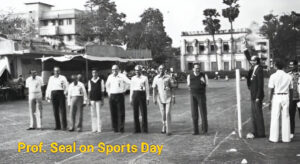
The duties of a teacher are neither few nor small,
but they elevate the mind
and give energy to the character.
– Dorothea Dix
*Professor INDRANIL MANNA
FTWAS, FNA, FNAE, FNASc, FASc, MAPAM, FIE(I), FIIM, FEMSI, FAScT, PRS, DSc (hc), PhD
Vice Chancellor
Birla Institute of Technology, Mesra
Ranchi, Jharkhand 835215, INDIA [www.bitmesra.ac.in]
[on lien from: Indian Institute of Technology Kharagpur]
Email: imanna@metal,iitkgp.ac.in; imanna@bitmesra.ac.in; and im_kgp@yahoo.co.in
Personal Homepage: www.imanna.in
[President, Indian National Academy of Engineering, https://inae.in/]
[Vice President, Indian National Science Academy, https://insaindia.res.in/]
********
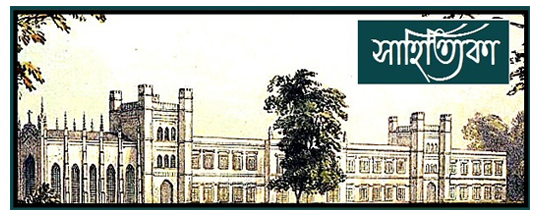
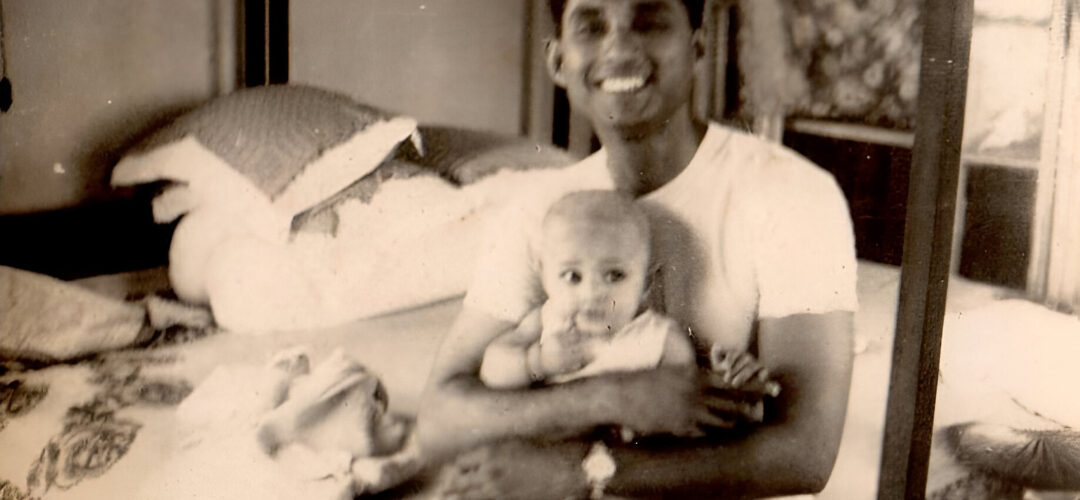


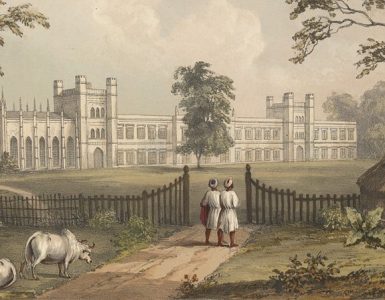









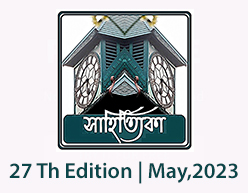
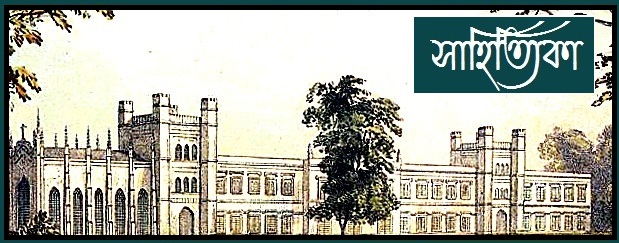
Add comment